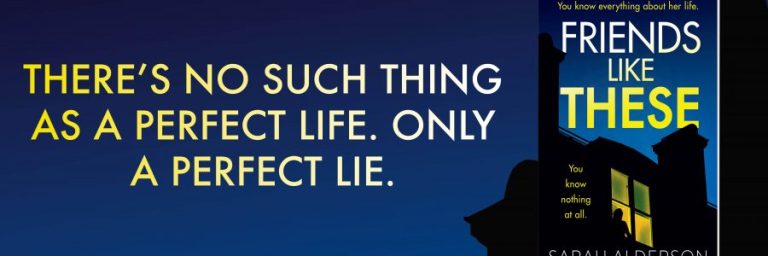Sarah Duguid’s Favourite Portrayals of Sisterhood – Part 1.
To launch Sisterhood Week on Bookends, inspired by Sarah Duguid’s debut LOOK AT ME, which sees protagonist Lizzy’s world unravel when she discovers she has a secret half-sister, Sarah herself has written us a list of her favourite portrayals of sisterhood across books and film. Check back for Part 2 of this list later this week, as well as lots of other sisterly activity throughout the next seven days.
The Children’s Bach by Helen Garner
Like my own novel, Look At Me, The Children’s Bach begins with a damaged woman, turning up at the house of her sister Elizabeth. It begins with all the dread of an uncomfortable, sisterly relationship and yet rather than dismantling each other, it’s their effect on an old friend’s comfortable, suburban marriage that forms the narrative arc of the novel. Garner said the women’s movement liberated her to “write about what happens in people’s houses” and I like the idea that writers don’t necessarily need to open the front door and venture outside in order to find the stuff of ‘proper’ literature. Sisterhood, in all its domestic complexity, is just as capable of being a ‘big’ subject.
Ignorance by Michèle Roberts
Any of Michele’s books could be featured here because she explores sisterhood in all its forms but I’ve chosen Ignorance because of the way she writes about two female friends, growing up in a French village. She takes these two girls into the dangerous territory of the French petit bourgeoisie during the war and yet does it so deftly and beautifully that the rich prose heightens the sense of risk, the sense of the girls’ innocence. One of the girls ends up in bed with the local Jewish hermit; it’s high risk, a little frightening, and yet completely beguiling.
Wise Children by Angela Carter
Angela Carter was one of my first loves and Wise Children, one of my favourites. It tells the story of two twins, former dancing girls, Dora and Nora, written while Carter was dying of cancer. It’s filled with joy and comedy. ‘What a joy it is to dance and sing!’ is the motto of the twins as they use performance to survive, weaving their way through life’s troubles with anarchy and hilarity.
Hannah and her Sisters
My favourite Woody Allen film, following three very different but emotionally dependent sisters as they fall in and out of love with neurotic men, borrow money from one another, drive each other up the wall. It’s structured around three thanksgiving dinners, family set-pieces, that ripple with comedy and tension as the sisters love and lie to one another in equal measure.
Written on the Body by Jeanette Winterson
As an undergraduate, it was Winterson’s intensity and wild, anarchic language that drew me in. I can still, even years after reading it, recall the scenes in Written on the Body as the narrator (who I’m assuming is female, although I really shouldn’t because lack of gender is actually the point) describes the cancer invading her lover Louise’s body.
Liked this? Why not catch up on…







